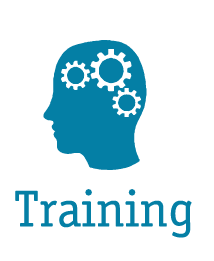Project Title: Strategic Alliance for Risk Reduction (STARR) II Joint Venture, Production and Technical Services (PTS) for Architect and Engineering Services Nationwide Contract
Client: Federal Emergency Management Agency
Purpose: To provide technical assistance and support services to FEMA on Hazard Mitigation Technical Assistance Projects (HMTAP) and Technical Assistance and Research Contract (TARC) projects on an as-needed, on-demand basis.
























